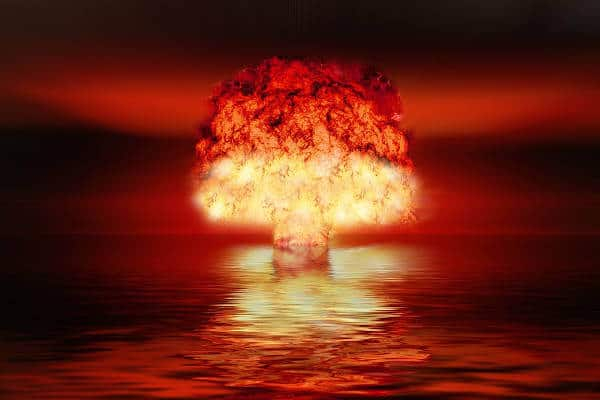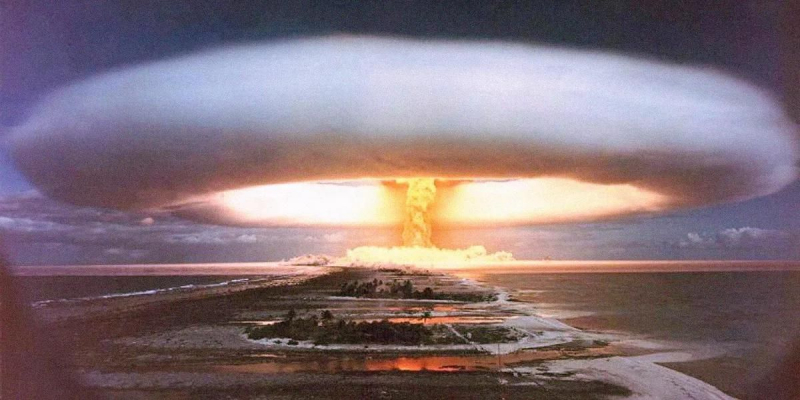Nuclear weapons produce enormous explosive energy
Nuclear weapons produce enormous explosive energy, which is one of the things you might want to know about nuclear weapons. A nuclear weapon is a type of explosive that releases destructive energy by severing the atoms' nuclei from a substance that may support a nuclear fission chain reaction. Fission, which is the process of dividing an atom's nucleus into two or smaller nuclei, or a two-stage process including fission and fusion are used in the two main types of nuclear weapons (the process by which multiple hydrogen nuclei join together to form heavier nuclei). Atomic bombs (A-bombs) are frequently used to refer to those that only employ fission, whereas hydrogen bombs (H-bombs) or thermonuclear weapons use both fission and fusion.
The explosive energy produced by nuclear weapons is immense. Combining the terms kiloton (1,000 tons) and megaton (1,000,000,000 tons), which express the explosion energy in comparable weights of the common chemical explosive TNT, may help you better understand their significance. For instance, although having just roughly 64 kg (140 pounds) of highly enriched uranium, the 1945 atomic bomb unleashed on Hiroshima, Japan, generated energy equivalent to about 15 kilotons of chemical explosive. Ionizing radiation and a powerful shock wave were all instantly created by the explosion. The mushroom-shaped cloud that has come to be associated with nuclear explosions was produced when convection currents generated by the explosion pulled dust and other debris into the air.










